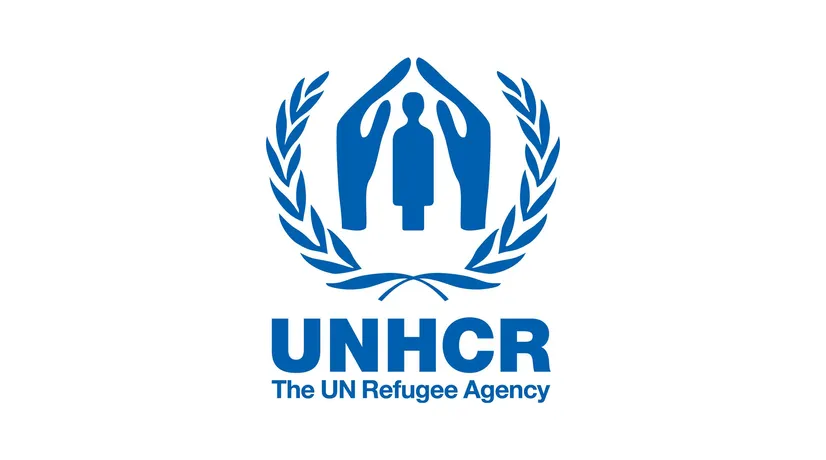UNHCR Regional Bureau for Asia and Pacific (RBAP) Myanmar Emergency – External Update, 1 May 2021

KEY DISPLACEMENT FIGURES
10,000 Estimated refugee movements to neighbouring countries since 1 February 2021
980,000 Refugees and asylum-seekers from Myanmar in neighbouring countries as of 31 December 2020
50,000 Estimated internal displacement within Myanmar since 1 February 2021
370,000 Estimated internally displaced persons (IDPs) within Myanmar as of 31 December 2020
HIGHLIGHTS
Since the military takeover in Myanmar on 1 February 2021, widespread violence against civilians across the country and the resumption and intensification of clashes between the Myanmar Armed Forces (MAF) and ethnic armed organizations (EAOs) in border areas has forcibly displaced thousands of people within Myanmar and to neighbouring countries. Approximately 50,000 people have been displaced internally, these include an estimated 40,000 in southeastern Myanmar and 9,000 in Kachin and northern Shan states. Some 5,000 refugees crossed into Thailand in March and April, most of whom subsequently returned to Myanmar, and an estimated 4,000 to 6,000 refugees have sought safety in India.
As those displaced since 1 February are fleeing persecution or generalized violence and events seriously disturbing public order, UNHCR calls on countries across the region to offer refuge and protection to all individuals from Myanmar seeking safety. Humanitarian actors should be granted access to them to assess and respond to their needs.
RESPONSE
In Myanmar, the deteriorating security environment has exacerbated the precarious humanitarian situation that prevailed even before the military takeover. It has impeded the ability of affected populations to seek safety and access urgent life-saving assistance, including the stateless or internally displaced persons (IDPs) who were already in need of protection and assistance prior to 1 February. Although UNHCR has been able to continue field activities in Rakhine, Kachin and northern Shan States—such as needs assessments, quick impact projects and distribution of core relief items (CRIs)—humanitarian actors face increasing security, logistics and supply chain challenges. In southeast Myanmar, for example, UNHCR activities have been curtailed by security constraints, though UNHCR and partners have maintained communication channels with IDPs through community-based mechanisms and have distributed CRIs to IDPs in Kayin State.
In India, UNHCR estimates that 4,000-6,000 refugees from Myanmar have entered the border states of Mizoram and Manipur since early March. UNHCR does not have access to the border areas, but local charity organizations and individuals have come forward to provide life-saving assistance to new arrivals. Some 190 have moved onward to New Delhi, where UNHCR is assessing their needs and has begun registering and providing basic assistance to them. UNHCR has offered its support to the Government of India in protection and humanitarian coordination and response to new arrivals from Myanmar.
In Thailand, following the arrival in late March of some 2,800 refugees in Mae Hong Son province and their subsequent return to Myanmar, some 2,300 people crossed again on 27 April due to an outbreak of fighting and are currently hosted in safety areas managed by the Royal Thai Army. UNHCR has advocated for access to the population and offered support to the Royal Thai Government’s efforts to respond to further displacement from Myanmar and address refugees’ protection needs. The Government is preparing “holding areas” for receiving new arrivals in provinces along the Thai-Myanmar border. UNHCR has not had access to new arrivals, but has undertaken preparedness actions, including the prepositioning of CRIs for up to 5,000 households, to help ensure that any Government-led response in those areas will be complemented in a timely and coordinated manner. The humanitarian community already present in the nine temporary shelters for some 92,000 Myanmar refugees who fled previous waves of displacement—UNHCR, IOM and a consortium of NGOs—has established a multi-sector coordination mechanism to respond to humanitarian needs for new arrivals.
Announcements
28 February 2025
Asian NGO Network on National Human Rights Institutions , CSO Working Group on Independent National Human Rights Institution (Burma/Myanmar)
Open letter: Removal of the membership of the dis-accredited Myanmar National Human Rights Commission from the Southeast Asia National Human Rights Institution Forum

Progressive Voice is a participatory rights-based policy research and advocacy organization rooted in civil society, that maintains strong networks and relationships with grassroots organizations and community-based organizations throughout Myanmar. It acts as a bridge to the international community and international policymakers by amplifying voices from the ground, and advocating for a rights-based policy narrative.